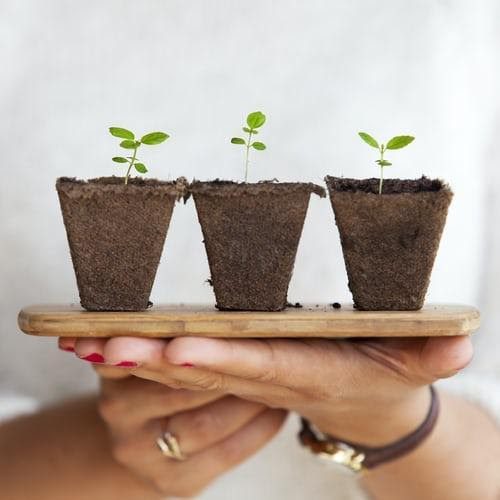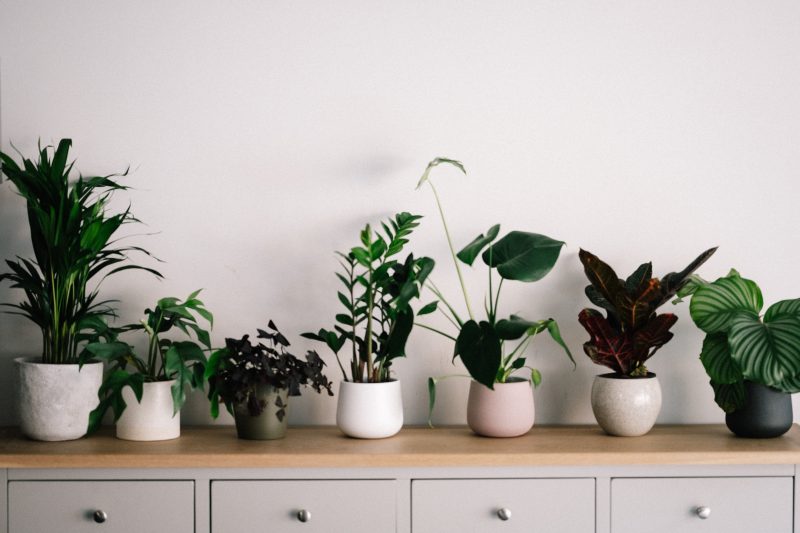
If you want to repot house plants like a pro, this is the post for you! Replanting houseplants is one of the things that spring is associated with and an interesting way to spend a weekend.
Let’s find out how replanting differs from repotting, how to choose the right pot, and what you need to know about drainage and soil for different plants.
Determine If a Replant Is Needed
The traditional replant of houseplants is to carefully remove the old soil, spread the roots on a hill of fresh soil, and sprinkle the soil on top. Small and medium-sized plants are replanted after purchase and annually in the spring. If you are looking for lily bulbs for sale, check Dutch Bulbs where you can find these and numerous other plants for your home and garden.

Replanting allows:
- inspect the roots;
- remove nets, sticks, sponges that remain after growing in nurseries;
- replace, for example, the soil that has accumulated salt from water (similar to scale in a kettle) with the soil that is easier to care for.
Repotting is another method of replanting. This is an option for the lazy: it is necessary to remove the plants from the old pot without touching the roots, moving to a new pot, and adding soil on top and edge.
This method is suitable for plants with delicate and fragile roots. Do not clean the roots of ferns, begonias, some palms, zamioculcas. This method allows you to replant flowers that grow in a group so that it does not fall apart. If you made it last year, you can do a repotting.
Unpretentious plants – spathiphyllum, ficus, Epipremnum, monstera, sansevieria – will normally accept both traditional replantings with root cleaning and repotting. It is better to find out the preferences of other plants in advance. You can find advice and necessary information on the Internet

The soil is partially renewed for large plants: the top layer is removed to the roots and fresh soil is added. First, they are difficult to pull out of the pot, and secondly, after replanting, they can feel very stressed and not stay straight without support. Replanting is best done in March when the plant begins to put new leaves and it has a lot of time to grow. In autumn and winter (from October to February), there is usually more harm than good: the plants are dormant and there is not enough strength in them to grow new roots.
Repot House Plants in 4 Steps
- Pick the right pot
Pots differ in size, material, and the presence of a drainage hole.
- Choose the size
The roots of the plant should fit freely in the pot, leaving two to five inches to the walls on all sides.
- Select the proper material
The materials from which the pots are made can be divided into waterproof and non-waterproof.
- Make drainage
Drainage is a layer of something solid and large at the bottom of the pot. On the one hand, it is easier to drain water. On the other hand, the amount of drainage can adapt the shape of the pot to the root system of the plant.

If you take these tips to repot house plants, you’ll have ever the greenest of green thumbs wondering how you did it!



